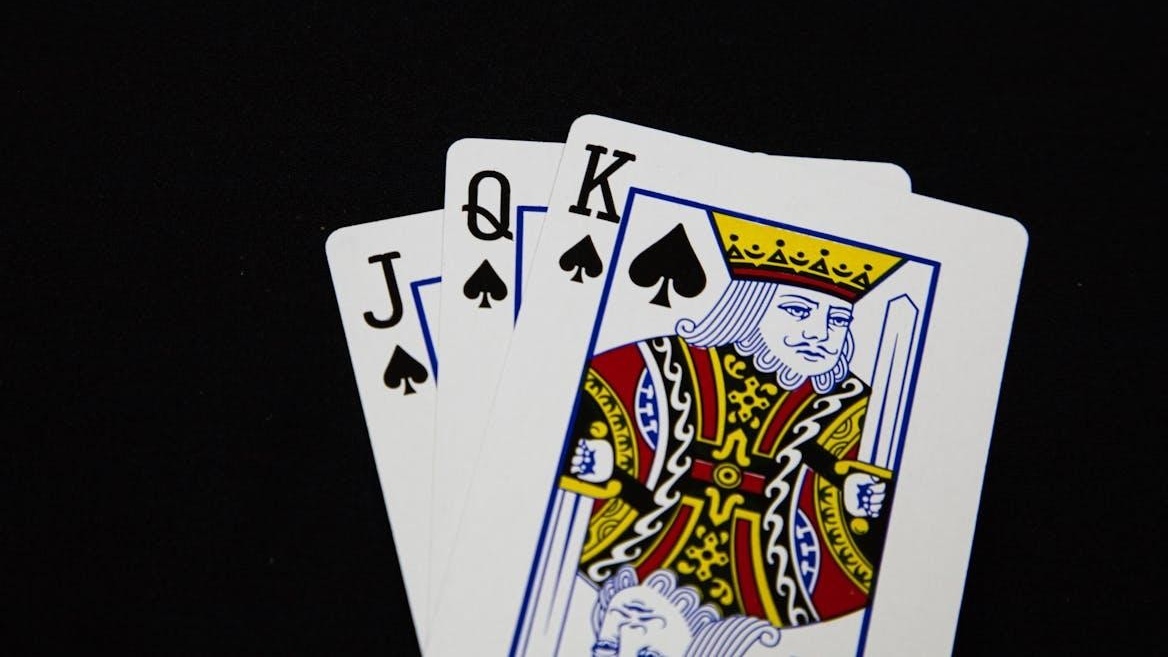Understanding how they work helps you decide which matches your play style best, and will also give you information about session length and other factors.
What Fast Fold Poker Means
Fast fold poker (called Zone Poker on some platforms) is a cash game format where once you fold, you are instantly moved to a new table with fresh opponents and a new hand. You skip the waiting time of a hand finishing. Because of this, you can play up to two or three times more hands per hour than on a standard table.
Bodog supports fast fold play under its Zone label for No Limit Hold’em, Pot Limit Omaha (PLO), and Omaha Hi/Lo, three of the most widely played cash game variants. Regular tables keep you seated with the same players, letting you watch showdowns, build reads, and note betting patterns. They move slower — usually 60–90 hands per hour for Hold’em or PLO — but reward patience and strategy building.
Reading the Poker Lobby and Planning Your Session
Online poker lobbies show different formats side by side: cash tables, tournaments, Sit & Go events, and fast fold pools. Fast fold is usually marked with terms like “Zone,” “Zoom,” or “Snap,” while regular cash tables display blinds, buy-ins, and available seats.
To see how a lobby groups fast-fold, cash tables, and tournaments for Canadian players, you can browse real money poker options online. The interface clearly separates Zone fast fold pools from traditional cash tables and tournament tabs. Exploring real money poker in Canada before playing helps you understand hand speed, stakes, and table size so you can match a 20-minute gap or a longer night to the right format.
Understanding this layout saves time and keeps sessions focused. Fast fold lets you leave instantly when life interrupts. Regular tables may require a little more patience before you can leave, which makes them less ideal for players who want quick dip-in, dip-out sessions.
Of course, regardless of which kind of table you decide to play at, you’re still usually facing the same sort of setup in terms of the game’s mechanics. Fast fold can be weighted slightly less toward skill and more toward luck, as you have less time to learn the other players’ tells and bluffing habits, but on the whole, both luck and strategy have a role to play in these kinds of games. You can learn more in this article on Poker Strategy: A Game of Skill or Luck? It explains how long-term decision quality and variance interact.

Matching Table Type to Your Time Budget
Your available time and mental stamina should guide which format you pick:
|
Session length |
Best format |
Why it fits |
Trade-offs |
|
20–30 min |
Fast fold (Zone) |
Maximum hand volume and instant table changes |
Harder to exploit/fast pace is mentally intense |
|
45–60 min |
Either |
Fast fold for action; regular if you want to build notes/adjust |
Choose based on focus level |
|
90+ minutes |
Regular cash |
Consistent opponents, deeper reads, natural mental breaks |
Lower hand count per hour |
Fast fold pools shine when you want volume quickly or need to drop out without delay. Regular tables reward observation and adapting to player tendencies over time. For Hold’em, PLO, and Omaha Hi/Lo, this dynamic stays the same: Zone play gives speed, while classic tables allow deeper strategy.
Focus and Fatigue Considerations
Fast fold’s nonstop action is exciting but can be draining if you try to sustain it for too long. If you do want to try it for a longer session, consider taking breaks or switching to a slower variant if you feel yourself getting tired.
Building a Smarter Session Plan
Once you know how fast fold and regular tables differ, the next step is to plan your time like a pro. Start by asking: What’s the goal of this session? If it’s pure hand volume — testing ranges, practising pre-flop spots, or simply getting more decisions in — Zone Poker is ideal. You can log hundreds of hands quickly without worrying about table image. If your aim is skill growth, choose regular tables and treat the first 15–20 minutes as reconnaissance: watch showdowns, tag loose or tight players, and note bet sizing.
Takeaway
Fast fold and regular tables are more than speed settings — they are options you can match to your schedule and learning style.
- Pressed for time: Choose fast fold (Zone) in Hold’em, PLO, or Omaha Hi/Lo for rapid practice and easy exits.
- Improving strategy: Pick regular tables when you have at least 60–90 minutes to build reads and experiment with adjustments.
- Testing stamina: Mix short fast fold bursts with longer regular sessions to discover your ideal balance.
Always check the lobby before joining a game. Seeing how Bodog labels Zone, cash, and tournaments — plus player counts and stakes — helps you find the ideal spot. By treating table choice as part of your time management, you keep poker enjoyable, efficient, and aligned with your goals. Over time, this approach not only maximizes hands played when you want action, but also sharpens long-term skill when you have space to think.




